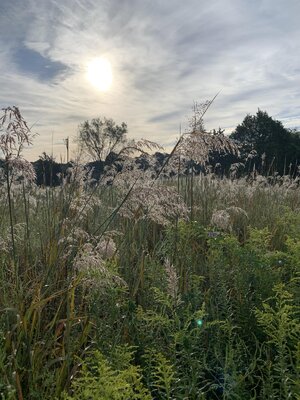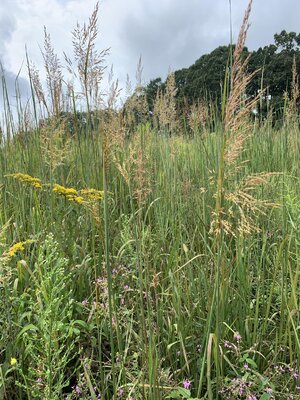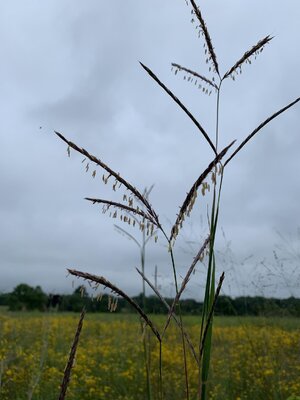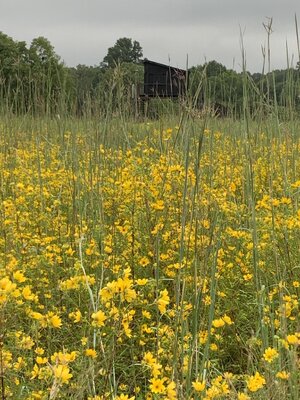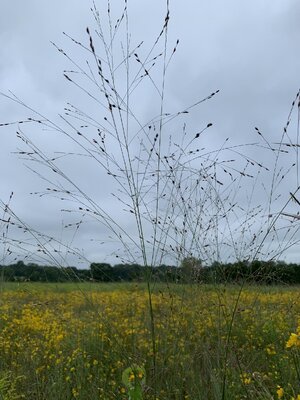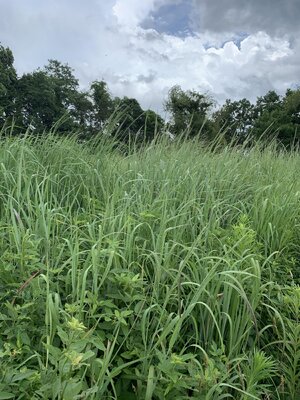BenAllgood
Well-Known Member
Are most of the plants you're documenting one's that occurred naturally? What percentage of these were planted?
Are most of the plants you're documenting one's that occurred naturally? What percentage of these were planted?
Thanks Steve. I didn't know if maybe there were some more introduced after the initial seeding in areas. The sheer diversity you get is phenomenal, especially considering it was just fescue fields before. I don't have a great amount of fescue on mine, so it gives me hope for my fields to see what you've achieved.Ben, look back at Post #22 and you will see everything that I planted. If a plant isn't shown there, then it came from the seedbank.
One exception would be chicory. Some of the pictures I show of chicory are near my plots where I planted it. However, on some farms that I've been on, the wild chicory is very prevalent in the seedbank, and its a major prairie plant.
Could we ride on the tailgate of the truck? All this walking is tiring.
Sent from my iPhone using Tapatalk
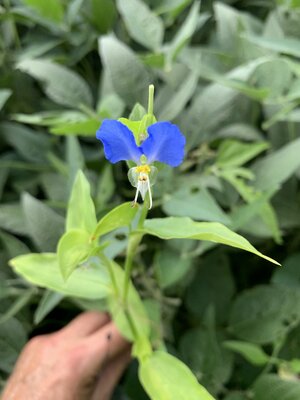
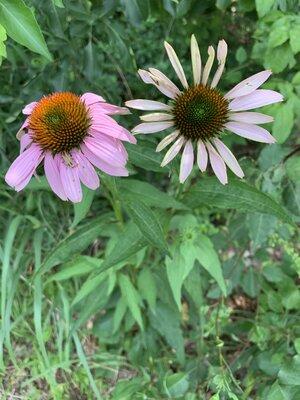
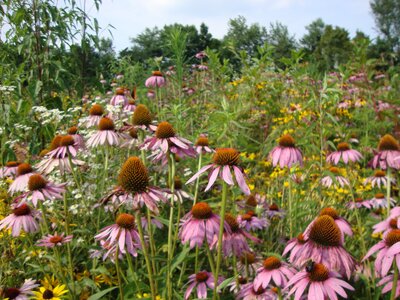
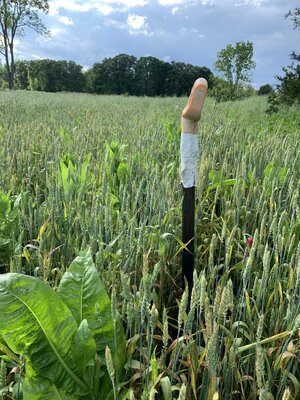
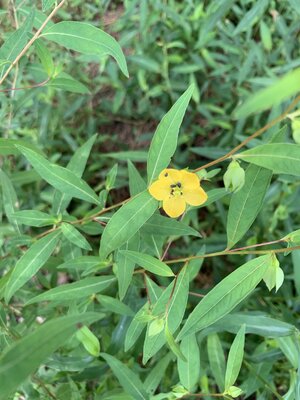
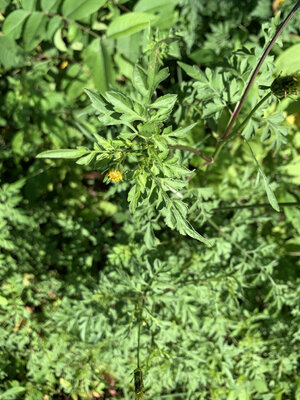
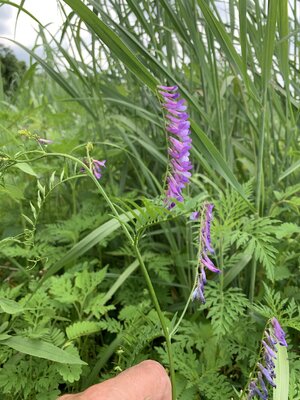

Beautiful pics today. I love vetch. Also I have disbursed some of those clinging seeds. Amazing the variety of flowers, shrubs, grasses, seeds, and methods that our Creator blessed us with. May we preserve it!
I dislike Spanish Needles. I have had them in my plots and they are a pain to terminate.
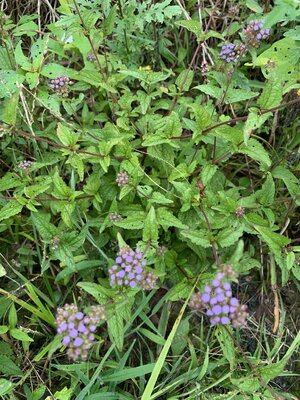
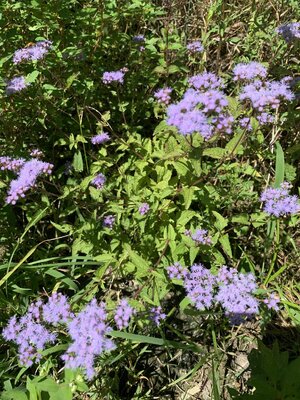
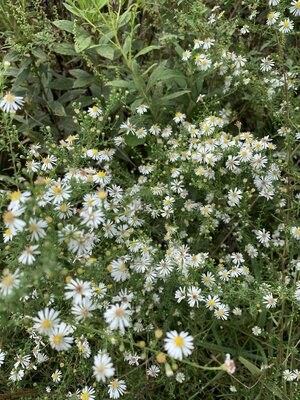
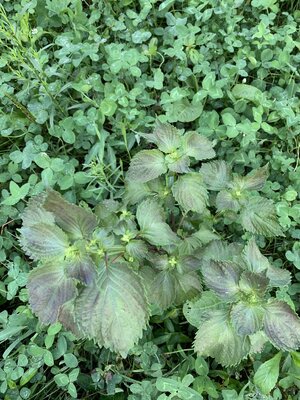
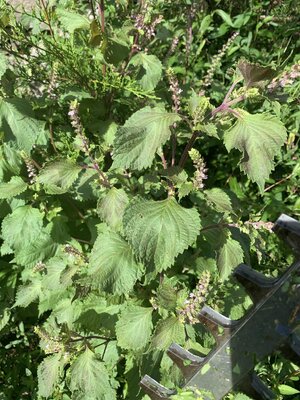
Plenty of Aster in my fallow fields. Never seen deer browse it. And you right of Beefsteak. Fall plant too late to manage. Good ph and Boron helps inhibit it.
Sent from my iPhone using Tapatalk
